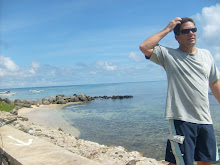Change in $$ Exchange Rate Announced
The clear winners will be those that hold credit in dollars since it will require less colones to make debt service payments. Also, coming out ahead are importers who will have to expend less colones to purchase imported goods. To the contrary the clear losers are exporters.
The primary reason cited by the Central Bank for this action is to control inflationary pressures and to re-establish the bands of exchange so as to prevent frequent interventions. However, the action came as a surprise to banks because previously the Central Bank announced it would attempt such controls through the means of raising interest rates.
For tourism the move means that your tourist dollars will not go as far as before. For the local economy it is a balance as a reduction in inflation will benefit consumers, but hurt businesses that are paid in dollars that have to be exchanged for colones (which is the case for Package Costa Rica, as it is for most tourism based businesses).
Stay posted to this Blog for further updates on this and all things Costa Rican!
Pura Vida!






